Victorian earthquake: Ancient fault lines 10km underground
How can it be that a severe 5.9 magnitude quake, the largest recorded in Victoria, occurred in one of the least geologically active parts of the planet?
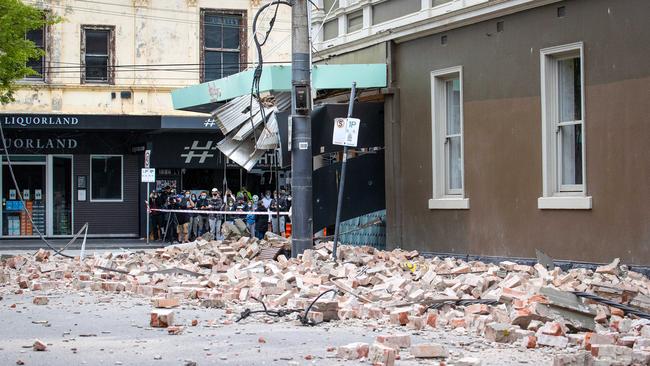
How can it be that a severe 5.9 magnitude earthquake – the largest ever recorded in Victoria – occurred on Australia’s old, stable continent which, as we learn from childhood, is one of the least geologically active parts of the planet?
The answer is that it didn’t.
Wednesday’s quake happened in an area of our continent which is right on the boundary of the ancient, billions-of-years-old landmass at a weak point where it joins a newer region that “accreted” to the eastern seaboard.
Starting about 400 million years ago, what is now eastern Victoria was in geological turmoil as the Australian landmass, then part of the Gondwana super continent, pushed against a neighbouring ocean plate, creating the Great Dividing Range.
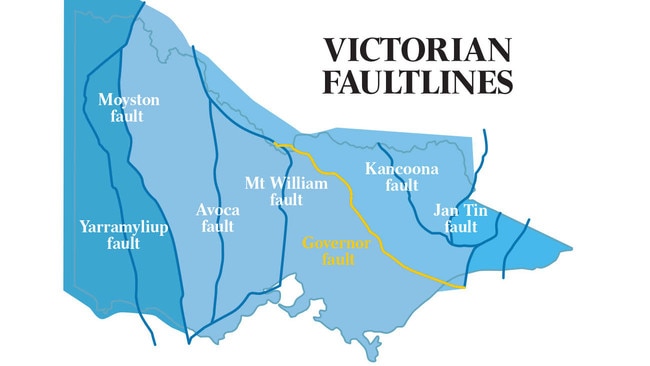
Most of the plate went underneath but parts of it scraped off and joined the Australian continent.
When Gondwana broke up about 100 million years ago, Australia started moving north and the activity ceased.
But left behind are the deep cracks, or fault lines, remnants of the collision which are now weaknesses in the continental plate.
“They are the scars from past deformations,” said Australian National University geophysicist Louis Moresi.

And in one of these scars, more than 10km underground, there was movement at 9.15 on Wednesday morning and the jarring was sufficient to shake Melbourne and be felt as far away as Sydney. It was followed by several aftershocks as the scraping in one part of the fault led to nearby parts shifting too.
Adam Pascale, chief scientist of the Melbourne-based Seismology Research Centre, said the fault may have shifted by several tens of centimetres, and even up to a metre. But because it is so deep underground, there is no way to measure the distance directly.

So, why did the fault lines give way?
Professor Moresi confirms that, just as we learned at school, the Australian continent is stable, but is still under enormous stress.
We are actually part of the Indo-Australian plate, he said, which he likens to a big banana stretching 10,000km from New Zealand to the Himalayas.
And because the banana shape is inherently weak, that stress regularly finds release in the old Gondwana fault lines such as the major Governor fault that runs from Gippsland up through Shepparton to Echuca, right near the epicentre of Wednesday’s earthquake.
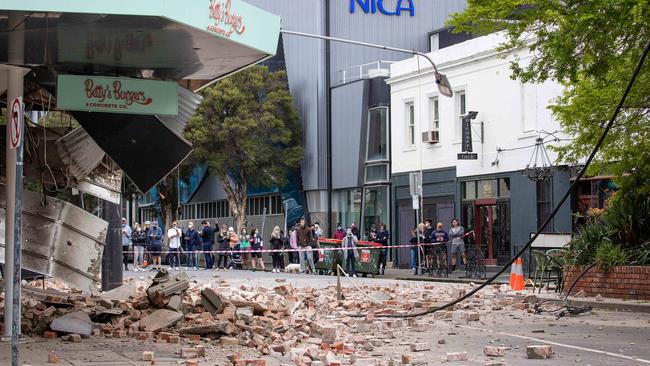
It’s not the first time the fault lines have moved in this area. In 2012, a weaker 5.2 magnitude earthquake shook the Gippsland town of Moe.
“It’s an area where there is increased seismic activity relative to the rest of Australia,” said Caroline Eakin, another ANU geophysicist.
Although the quake caused alarm in Melbourne, Mr Pascale said it could have been so much worse.
If the epicentre had been nearer the city there would have been much more damage, more like the 1989 5.6 magnitude Newcastle earthquake which destroyed buildings, killed 13 people and caused damage worth $8.3bn in today’s dollars.
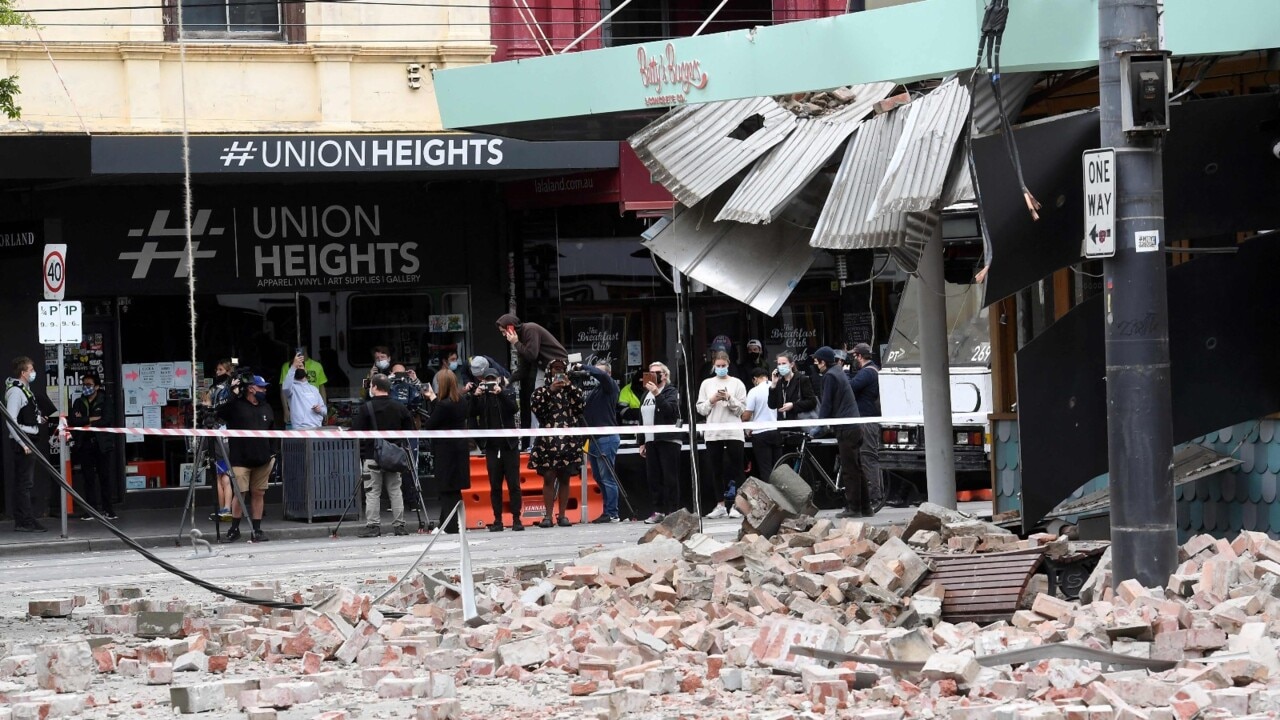
Nevertheless, one reason why the quake was felt all over southeastern Australia is the hard rock which is characteristic of the region. “Energy waves travel a lot further (in hard rock) which is why it was felt at such distances,” he said.
Although the stresses on our banana-shaped continental plate regularly cause earthquakes, we are never expected to experience quakes as strong as New Zealand, Japan or the west coast of North and South America which sit on plate boundaries.
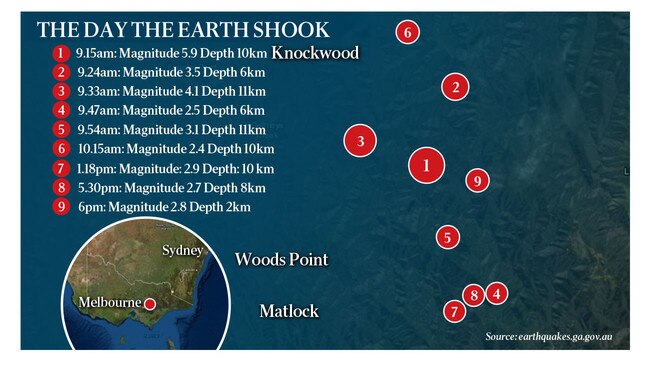
Earthquakes will be more powerful on the edges of tectonic plates, said University of Sydney geophysicist Ben Mather.
For example the 2011 Japan earthquake, which caused the Fukushima nuclear disaster, was of a magnitude of 9.
Each magnitude increase on the scale corresponds to an energy release over 30 times larger, meaning that the Fukushima earthquake was at least 30,000 times more powerful than the Melbourne quake.
“We are never going to experience the same frequency of earthquakes nor the intensity of earthquakes as those places,” Dr Eakin said.
Australia’s most powerful recorded earthquake was in 1988 in Tennant Creek in the Northern Territory. It was a magnitude 6.6.
Although the cause of earthquakes is well understood, we don’t know when they will occur. We have no way to predict when a fault line will give way.
The stresses that we would like to measure are usually many kilometres underground, Mr Pascale said.
Scientists expect earthquakes to have aftershocks, and Wednesday’s quake had several of diminishing strength in the hour after the initial shake.
But Mr Pascale can’t rule out that the quake might be a foreshock to a larger event. “It will happen within a few weeks if it’s going to happen,” he said.


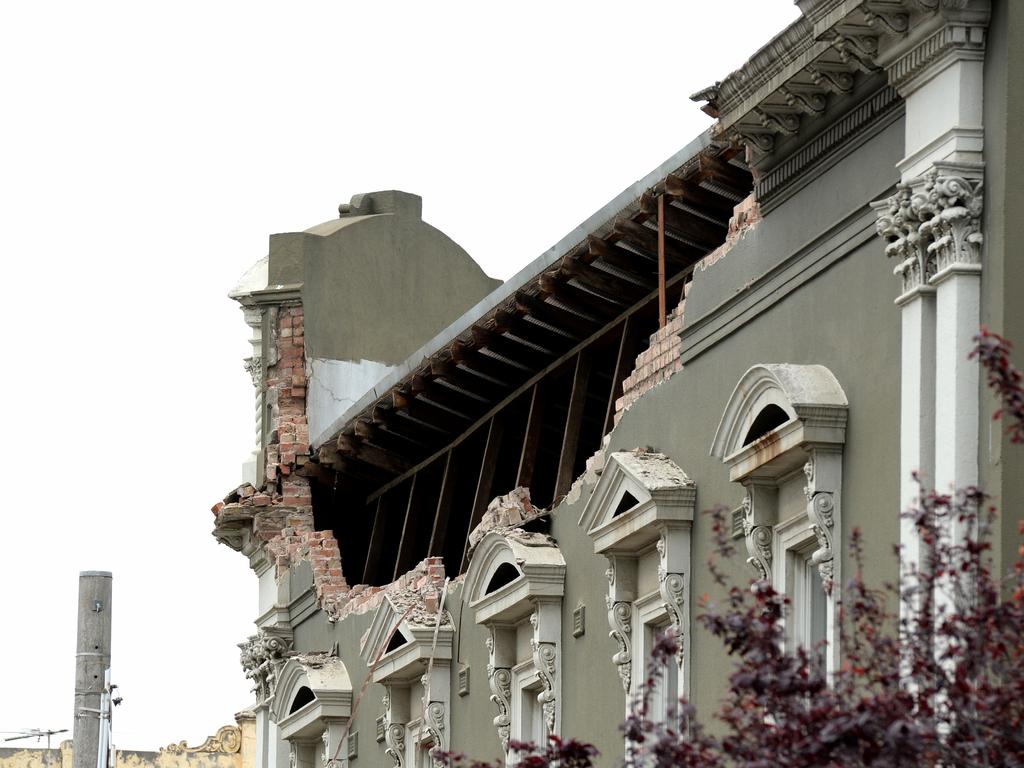





To join the conversation, please log in. Don't have an account? Register
Join the conversation, you are commenting as Logout